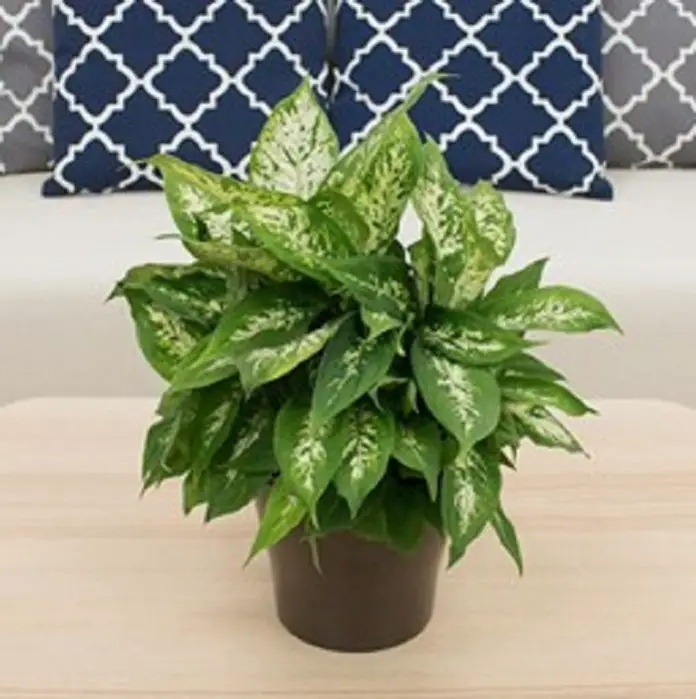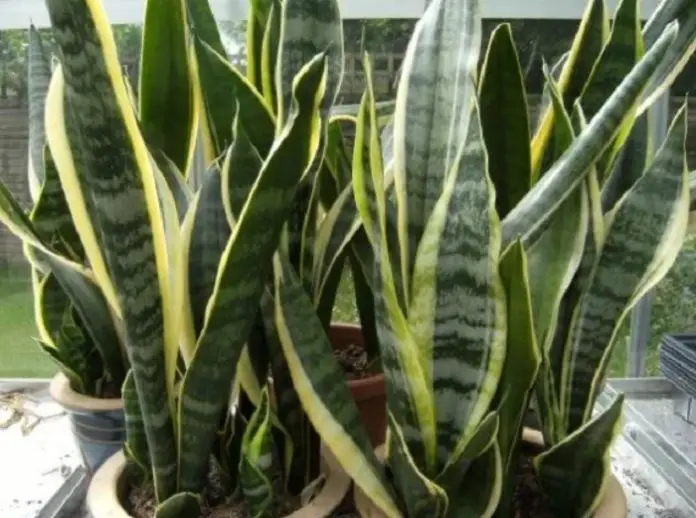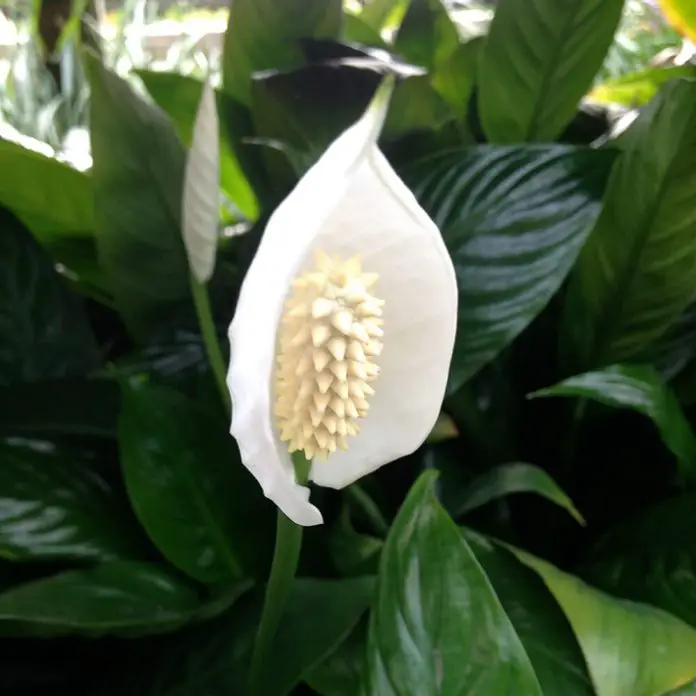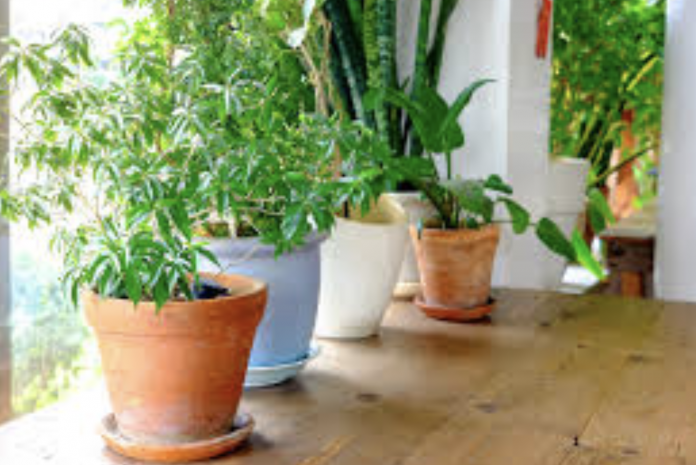Plants not only enhance the aesthetic appeal of our homes but also contribute to a healthier environment. However, it’s crucial to exercise caution when selecting indoor plants, as some can pose serious risks to both humans and pets. While many plants offer visual beauty and air-purifying benefits, it’s essential to be aware of potential dangers associated with certain varieties.
- Oleander

Often found in gardens, Oleander is one of the most toxic houseplants for humans and animals. Ingesting even a single leaf can be fatal, leading to severe illness or, in some cases, death. Children are particularly vulnerable, and pets may experience symptoms such as vomiting, cold paws, and heart arrhythmia.
- English Ivy

Known for its attractive appearance and air-cleaning properties, English Ivy can cause skin irritation, especially in children who are more susceptible. Ingestion may result in throat and mouth irritation, leading to symptoms such as rash, fever, and trembling. Animals may experience trembling, vomiting, breathing difficulties, weakness, and diarrhea.
- Caladium

While harmless to adults, Caladium poses a threat to children and animals if ingested. The plant can cause airway blockage, leading to suffocation and breathing difficulties.
- Lilies

Although visually appealing, some lilies, such as Easter lilies and calla lilies, are highly toxic, particularly to cats. Ingestion can lead to diarrhea, distorted vision, vomiting, and, in the case of cats, kidney and liver failure.
- Pothos

Commonly mistaken for ivy, Pothos can cause vomiting and diarrhea if consumed and may result in skin burns upon contact. Domestic animals may experience breathing difficulties and renal failure.
- Philodendron

Despite its beauty, Philodendron contains oxalate crystals that can be toxic to humans and extremely dangerous for animals, especially cats. Ingestion can lead to mouth and intestinal irritations, with potentially lethal consequences for children and pets.
- Arrowhead Plant

Similar to Philodendron, Arrowhead Plant, while beneficial, can cause vomiting, irritation, and diarrhea in humans. Animals may face increased toxicity due to the shedding of numerous leaves.
- Dieffenbachia

A relative of Philodendron, Dieffenbachia produces oxalate crystals. Although less hazardous, it can still cause throat swelling and severe mouth pain.
- Mother-in-Law’s Tongue

While not as lethal as some plants, Mother-in-Law’s Tongue can induce nausea and mouth pain in humans and discomfort, diarrhea, and vomiting in animals.
- Peace Lily

Despite not being a member of the lily family, the Peace Lily is hazardous to both humans and animals. Ingestion can lead to diarrhea, breathing difficulties, vomiting, and swelling in humans, while animals may experience renal failure.
In conclusion, while incorporating plants into our living spaces offers numerous benefits, it’s imperative to prioritize the safety of our families and pets by selecting non-toxic varieties. Awareness and responsible plant care contribute to a harmonious coexistence with these green companions.
images Sources: TY Nursery – Southern Living – Gardening Know How – Garden Design – The Sill – Jordan’s Jungle – Costa Farms – Den Garden – The Pond Guy










